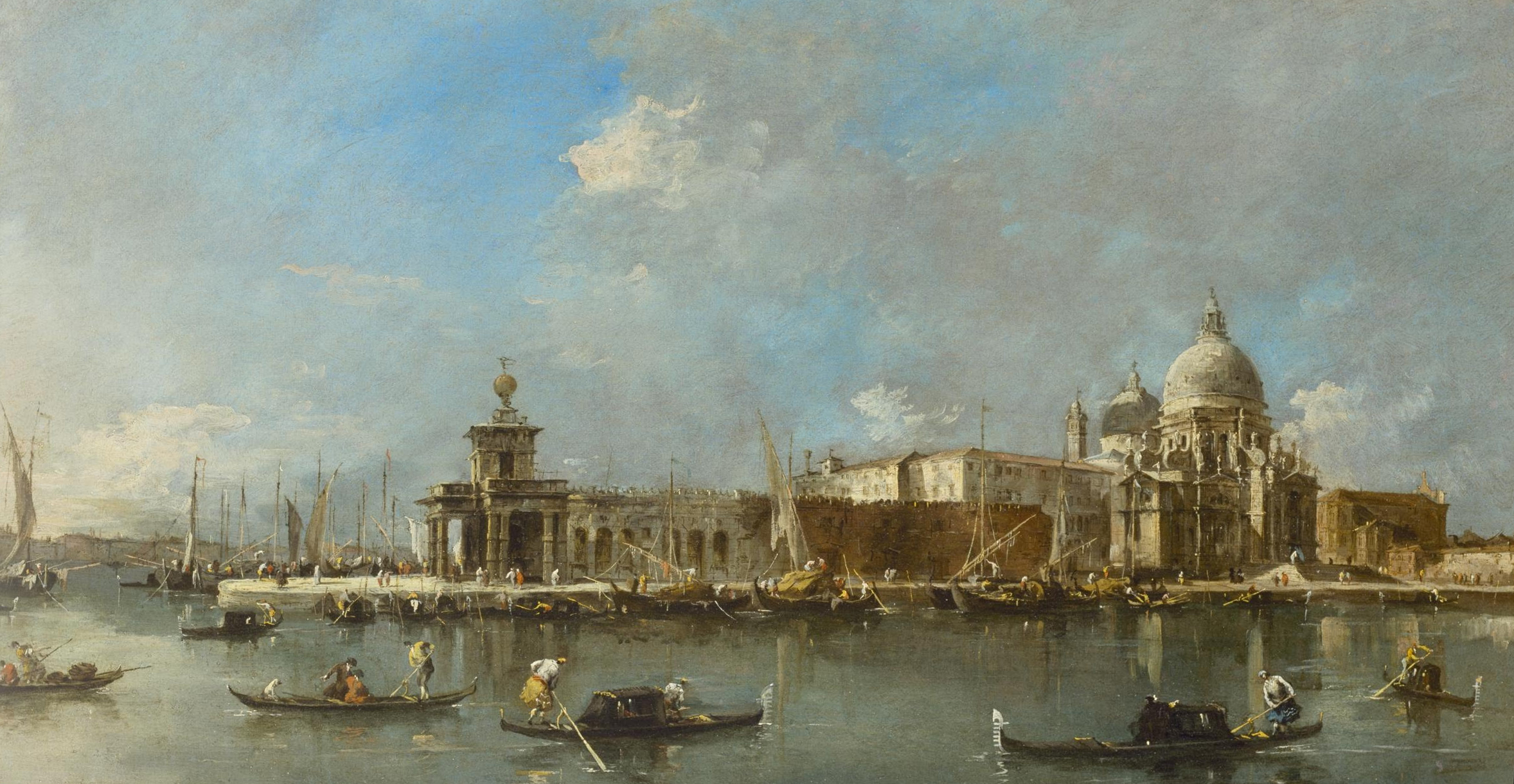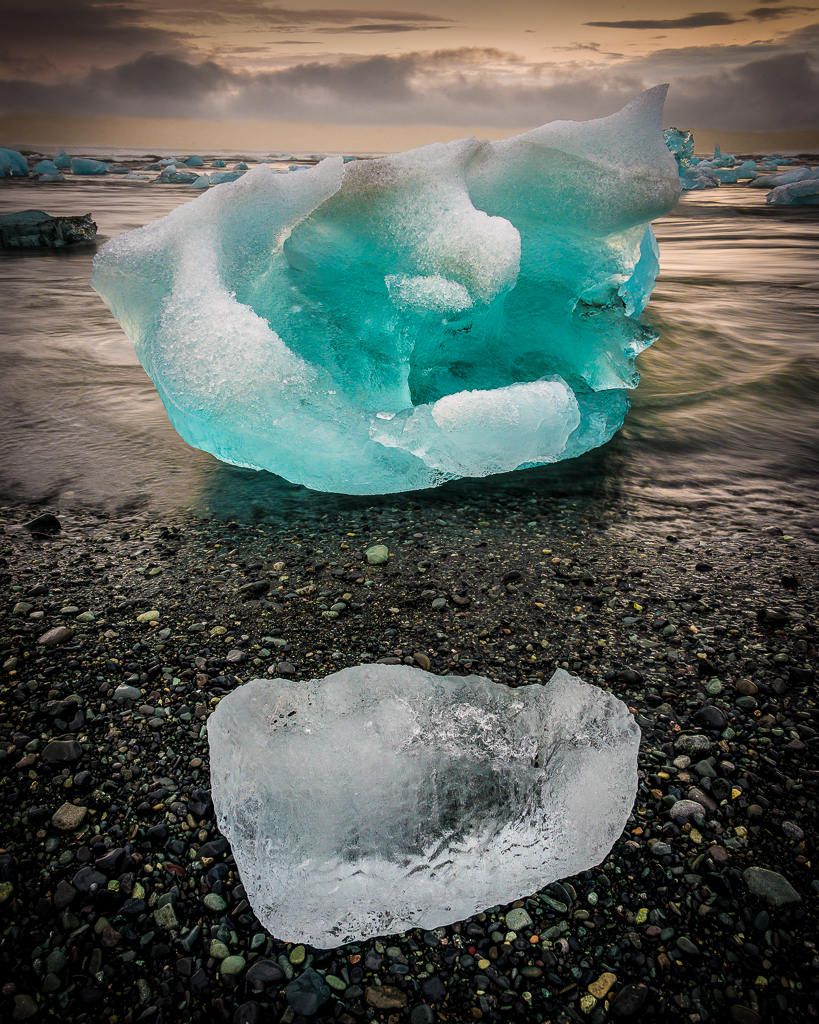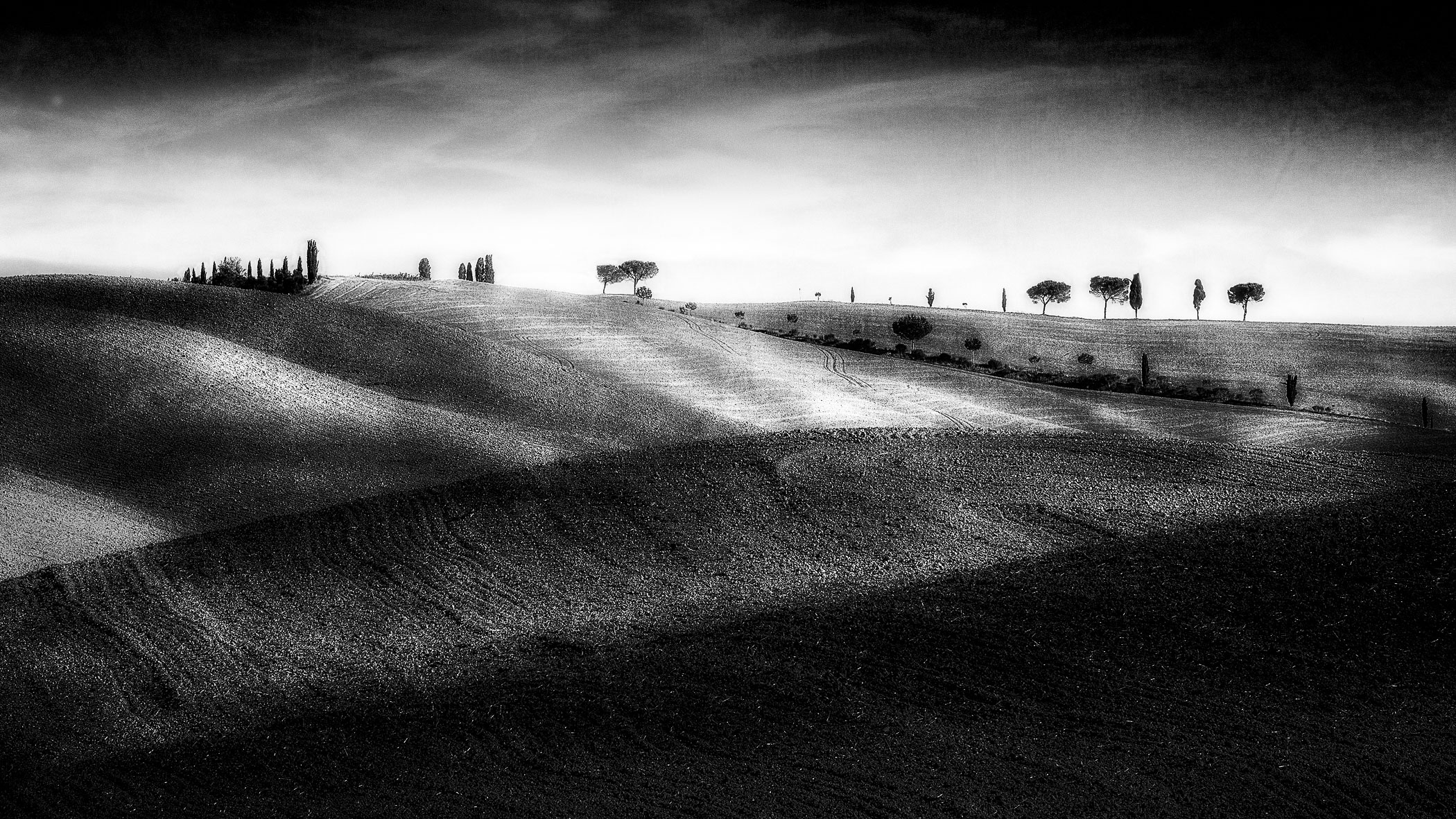Today I give you a short transformation. This is where I show you how one of my photos goes from a snapshot to something more in line with a fine-art photograph.
“I really like the lion medallions above each side of the entrance. And I also found the plaque, with what I will call a coat of arms, interesting.”
Last week, I showed you the sestiere of San Polo...one of the six districts (aka sestiere) of Venice. I have taken several photos within San Polo over the years, and as I was looking through those for last week's article, I came across the one which is the subject of today's transformation.
The site to be transformed is the Corte Petriana. A 'corte' is what we would call a 'courtyard' in English. I could find no translation for Petriana, so I would assume that's the name of the family to whom this courtyard belongs.
Here is the original snapshot of the entrance to the corte.
Ugh. I have to agree with you...not a very pretty site as it sits in the real world. But, as it is my job to transform the real into the Venetian world that I imagine, that's exactly what I did.
First, things are a bit wonky with the alignment of the entrance to the corte. Then, within the corte itself, there are some distractions, like a water pipe and an electrical conduit.
[As an aside, let me write a few sentences about water and electrical conduits. You will see these throughout Venice. They are not something that one enjoys seeing, but they are necessary. Imagine a Venice of 1,000 years ago, or even 300 years ago -- you will not see water or electrical conduits because they didn't exist. Water was gathered at the local pozzo (which I wrote about here), and electricity had not made it on the scene. The houses in Venice do not have basements (obviously) and all of the walls are made of stone. This pretty much necessitates running both water and electrical conduits up the outside of walls, and then through them. But just for you, in my quest to present you a Venice of days past, I feel compelled to bring a Venice to you without these distractions. OK, now back to the photo transformation.]
Next, I felt the whole areas surrounding the entrance to the corte was not what I would want to personally discover as I was wandering my romantic, ancient Venice -- so I got rid of the walls on each side of the narrow calle (aka street). This required a good bit of demolition and masonry work on my part, but that's my job, and I love it.
So here is the final photo of Corte Petriana.
And here is a black and white version if you prefer.
I really like the lion medallions on each side and above the entrance. And I also found the plaque, with what I will call a coat of arms, interesting. Here is an enlargement of that feature.
Note the crescent with the tree on the shield...hmm. Then there are the two dragon-like creatures at the bottom. A couple of angels are at the top corners. But then there is the curious main feature of person and child. One could assume that the adult is Mary, but it isn't too clear, and perhaps there is a crown on the head? The cross is the hand of the adult is the kicker for me...if the child is the Christ-child, the cross would be a concept that is about 30 years too early. If you have thoughts, please put them into the 'Comments' area, below.
Just so you know...and I figure that you are wondering...I had not Photoshopped the basketball backboard and hoop into the photo...it was there when I showed up...really. But, I decided to have a bit of fun with it, so I've titled the resulting photograph "The Court of the Venetian Baseketmaker". Your absolutely right, that was clever!
But, I decided not to stop there. So, in the next more whimsical and non-official photo, I've added a basketball in its arc towards the basket, as well as a bit of shadow of the ball's shooter.
So, there you have it. A transformation of an ugly snapshot into the more charming "Court of the Venetian Basketmaker".
Ciao for now,
Steve
























